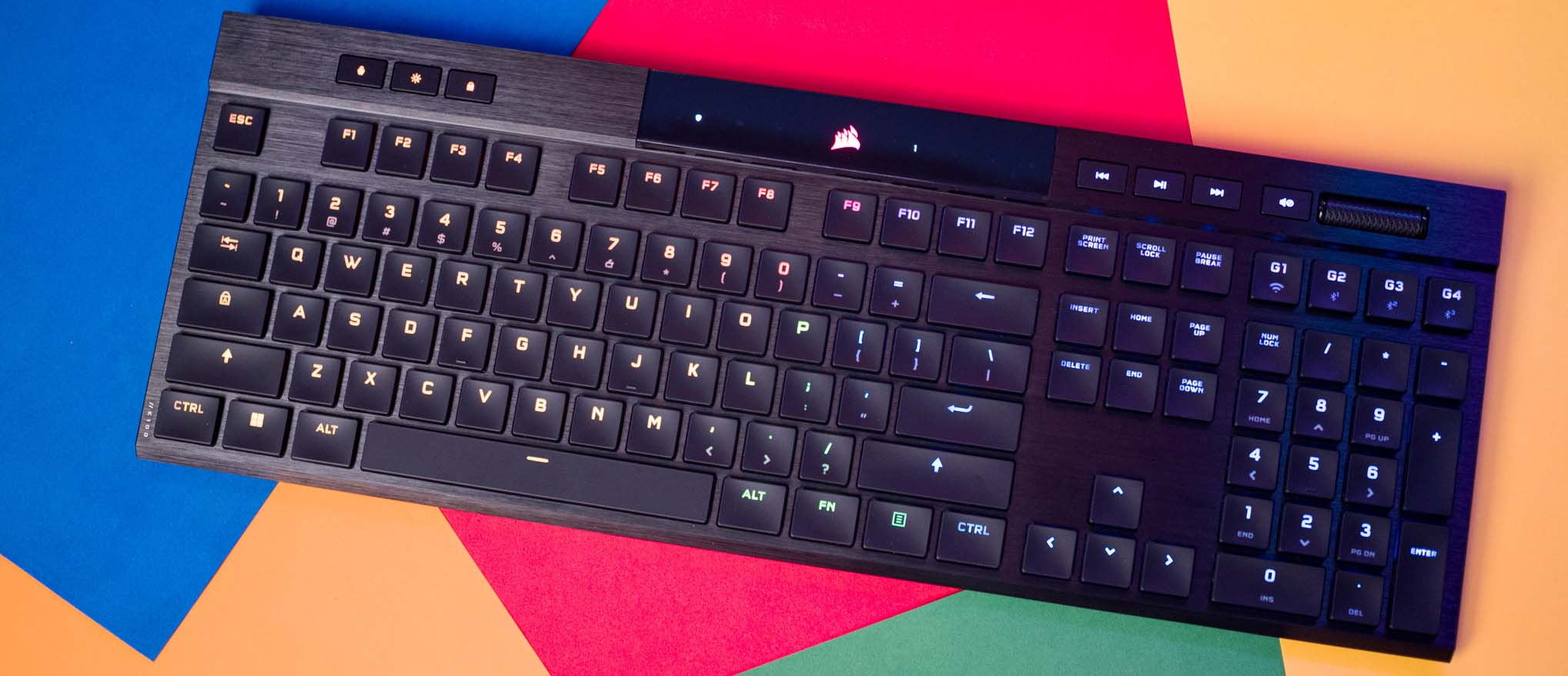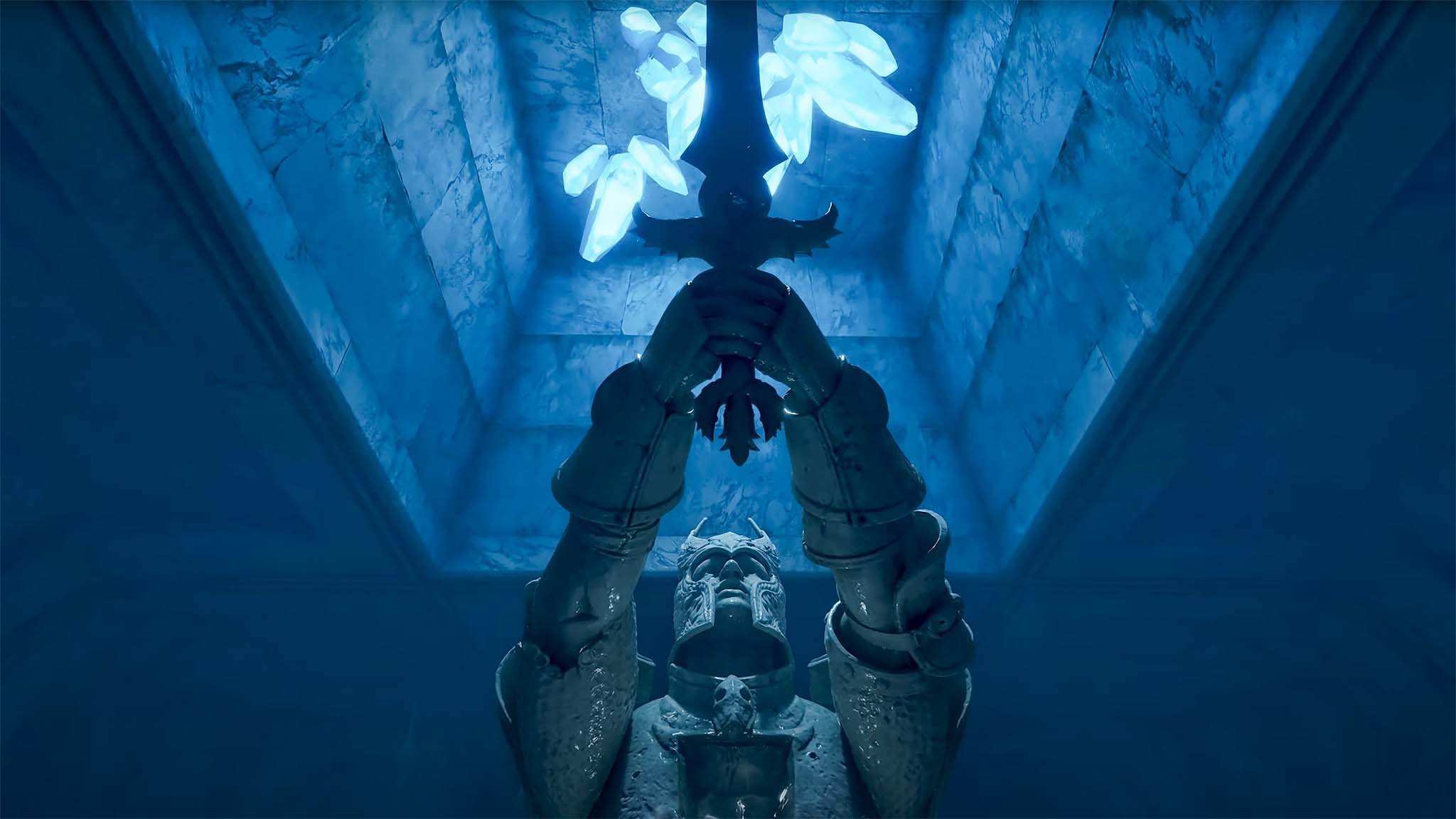Windows Central Verdict
The K100 Air Wireless is the first keyboard to feature Cherry's MX Ultra Low Profile switch. The switch has a height of just 3.5mm, but it somehow still manages to deliver excellent feedback, making the K100 Air stand out. You get wired connectivity in addition to wireless (via a USB receiver) and Bluetooth, so you can easily pair the K100 Air to your gaming machine, Xbox, PlayStation, mobile, and tablet. The metal chassis is exquisite, there's dynamic RGB lighting with plenty of customizability, and the keyboard lasts 50 hours on a full charge with the lighting effects enabled. If you can justify the cost, the K100 Air Wireless is a fantastic portable gaming keyboard.
Pros
- +
Excellent tactile feedback
- +
Ultra-slim design
- +
Three connectivity modes
- +
Durable metal chassis
- +
Dynamic RGB lighting with iCUE integration
- +
Stellar battery life
Cons
- -
Switch isn't interchangeable
- -
Costly
Why you can trust Windows Central
I used Corsair's keyboards for the last three years, starting out with the K95 RGB Platinum and switching to the K100 when that became available. I like Corsair's keyboards because they have a great build quality, good selection of switches, and they tie in well with the other iCUE-based products on my desk.
When Corsair said it was introducing a new variant of the K100 with an ultra-thin layout, I was immediately interested. Ultra-thin keyboards have a lot of positives — they're inherently portable, don't take up as much room, and most of them have wireless connectivity, so you can easily pair the keyboards with your Xbox, tablet, or even your phone. But the downside is that because of the size constraints, ultra-thin keyboards don't usually have mechanical switches.
That's what makes the K100 Air particularly noteworthy. The keyboard features Cherry's latest MX Ultra Low Profile mechanical switch that has a travel of just 1.8mm (versus 4.0mm for an MX Brown). This has allowed Corsair to deliver a mechanical gaming keyboard that's just 17mm tall, and it feels incredible in daily use.
While Corsair shrunk the height, it didn't omit any features: the K100 Air has wireless connectivity via a 2.4GHz receiver, it works over Bluetooth, or you can connect it over USB-C and get up to 8,000Hz polling. It has individually-lit RGB keys as well, onboard profile storage, and you also get iCUE integration.
I used the K100 Air for just over two weeks, and here's why it is a truly incredible keyboard.
Corsair K100 Air Wireless: Price and availability
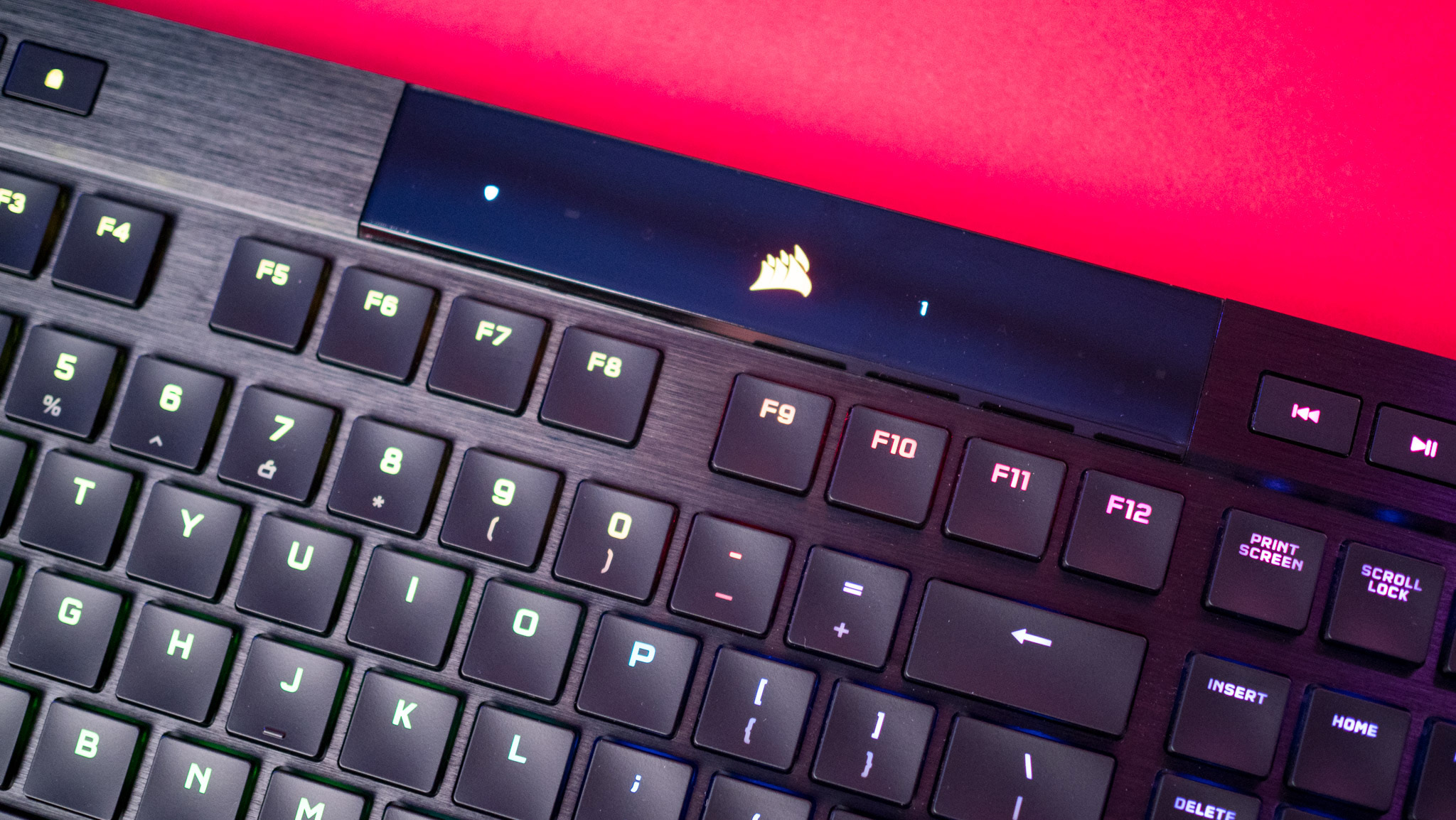
Corsair launched the K100 Air during Gamescom 2022, and the keyboard went on sale starting October 4. The keyboard is currently the costliest in Corsair's portfolio, coming in at $279 in the U.S. and £279 ($312) in the U.K. It is debuting at €299 ($293) in Europe, 2,199 RMB in China, 399,000 won in South Korea, $479 in New Zealand and Australia, and the equivalent of $305 in Southeast Asia.
Corsair K100 Air Wireless: What you'll love
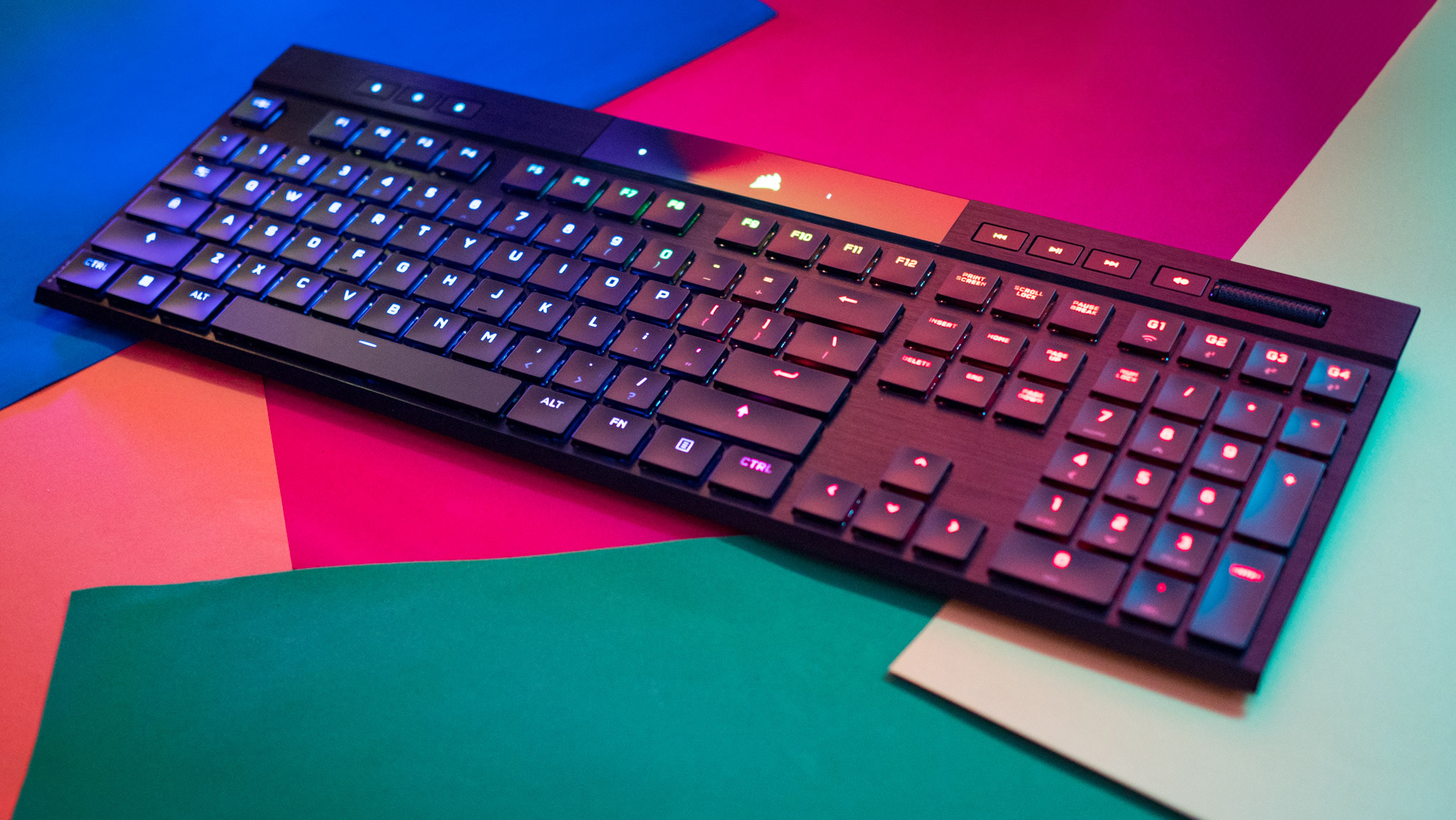
The K100 Air has a similar design to the full-fledged K100; you get a brushed-metal aluminum chassis that looks great, and it has a nice heft to it, coming in at 1.72lb. The design feels just as durable as the K100, the chassis doesn't have any flex, and it stays planted on a surface. Although this is an ultra-thin keyboard, you don't miss out on the extras, with Corsair retaining the profile and brightness control buttons on the left, media playback controls and a physical mute button along with a volume roller on the right.
The K100 Air has a durable metal chassis, and it comes with all the connectivity options you could ask for.
This is a full-size keyboard, so you get a dedicated number pad, and there are four macro keys as well. There's no iCUE control wheel here, but that's not a big deal considering the size of the keyboard. The metal volume roller is smaller, but it feels just as good as the one on the K100. With 8MB of onboard storage, you can set various profiles and macro keys directly on the keyboard without having to use iCUE.
The keyboard measures just 11mm at its thinnest point, and the keys add an additional 6mm of height, totaling 17mm — a remarkable achievement for a mechanical gaming keyboard. Because the K100 Air is designed with portability in mind, you get the full suite of Corsair's connectivity options. You can use Slipstream tech to get sub-1ms latency wirelessly when using the dedicated USB receiver, and there's Bluetooth connectivity that lets you use the K100 Air with a phone or tablet.

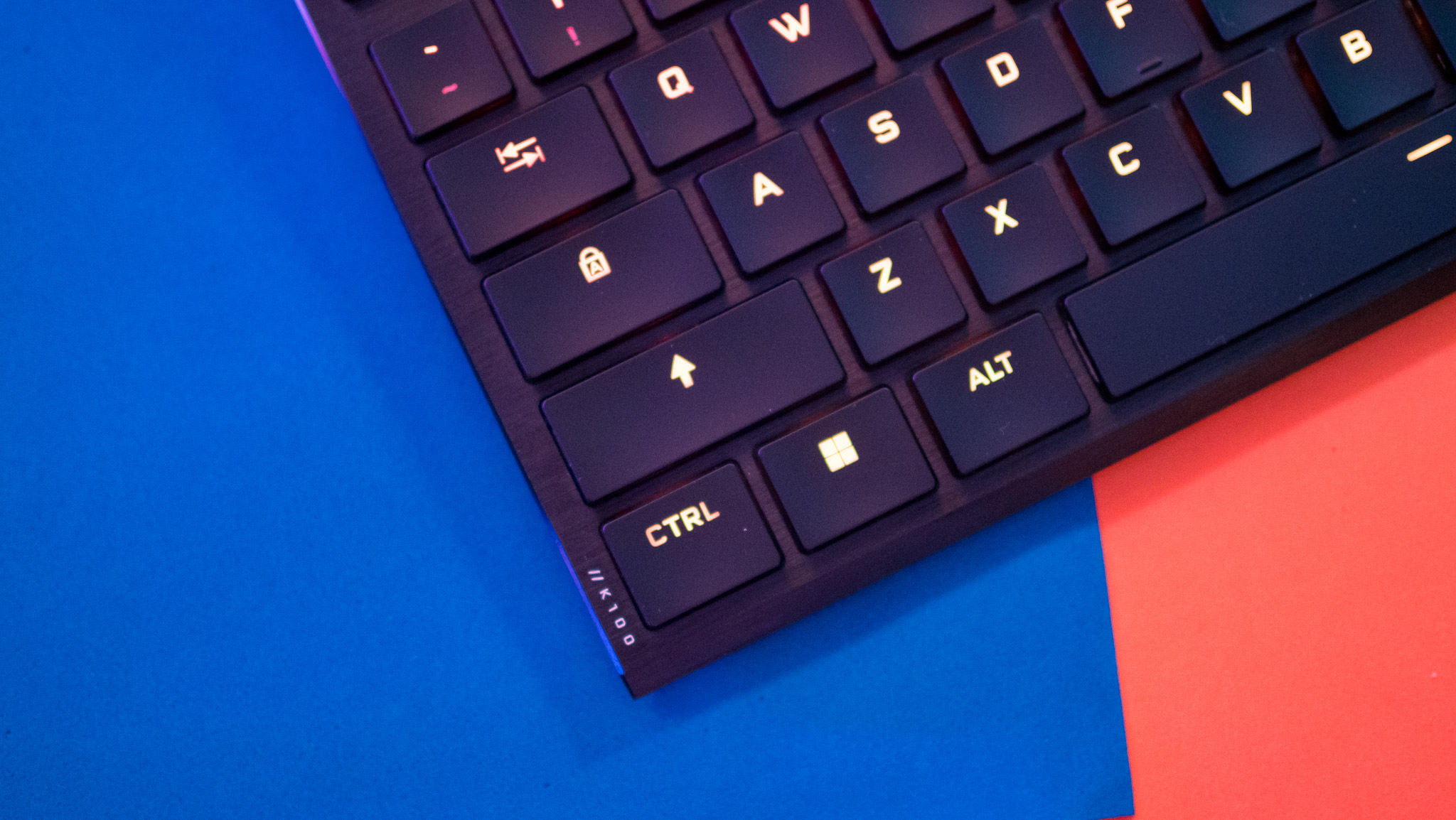
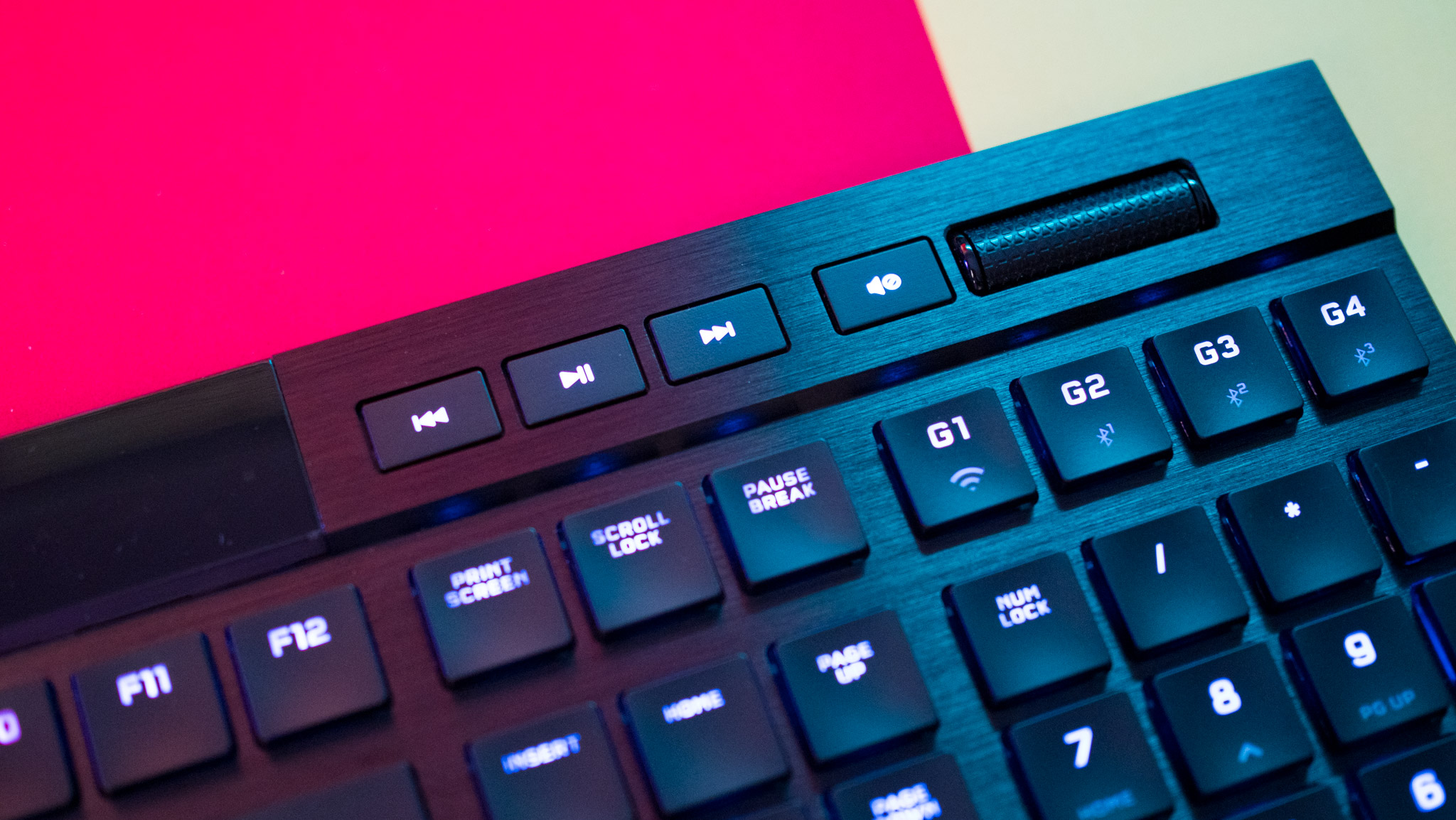
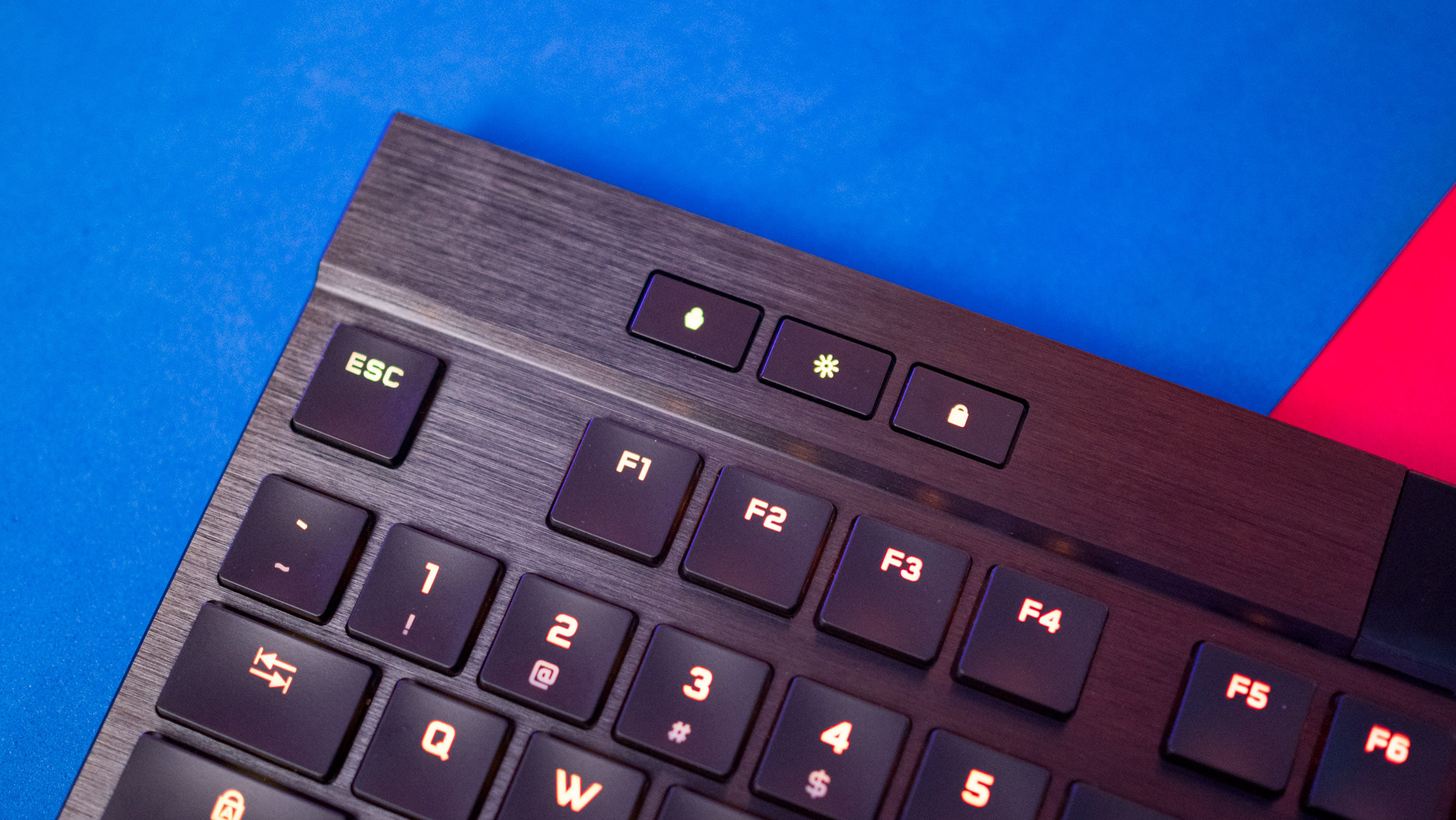
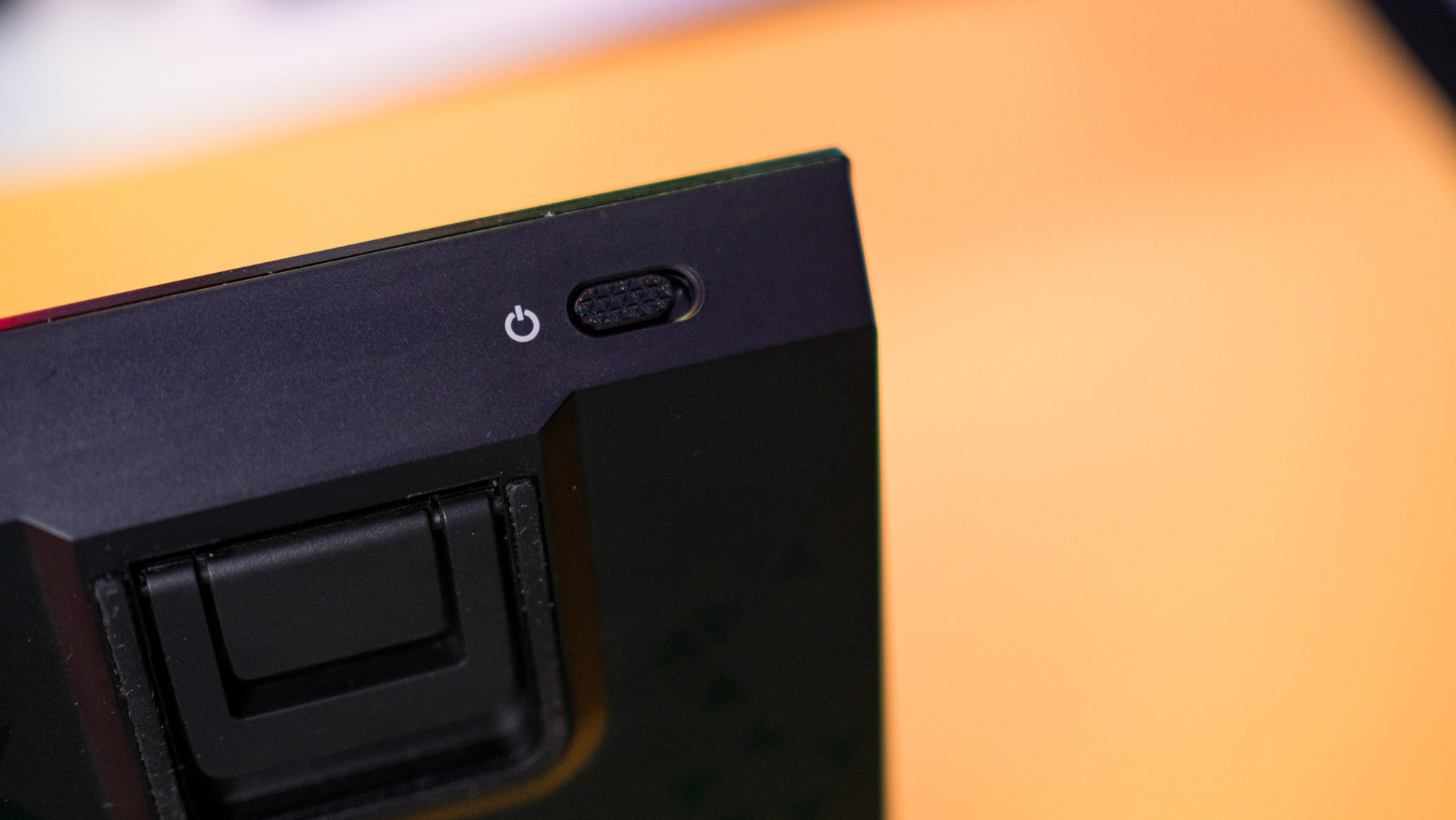
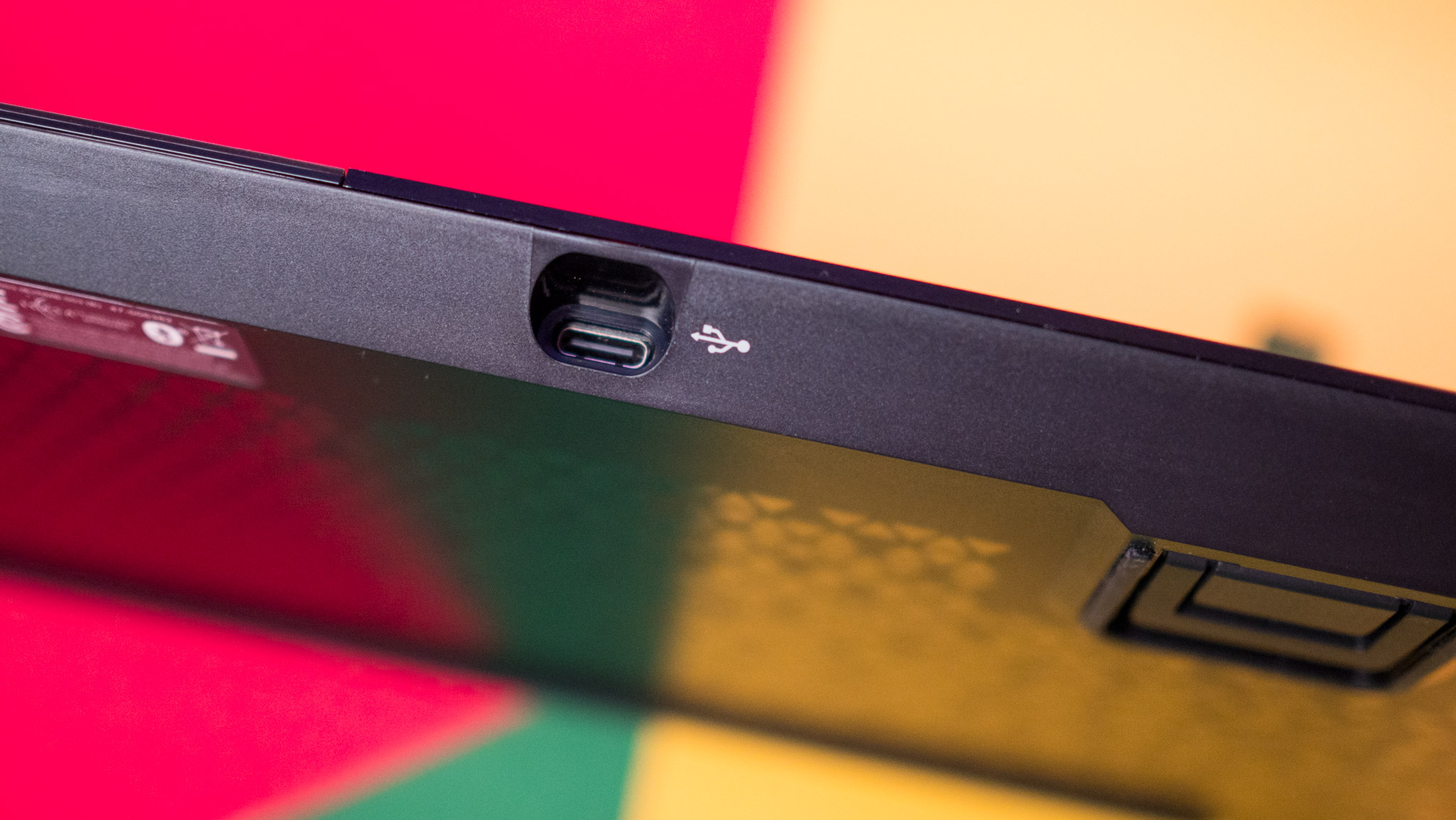
I used the keyboard with my iPad Air M1, and it connected effortlessly. You can pair the K100 Air to three different Bluetooth devices (there are three Bluetooth memory slots available), and if you don't want to use wireless connectivity, there's a USB-C port to connect the keyboard to your gaming rig via the bundled USB-C to USB-A cable. The best part about the versatile connectivity is that you can easily switch between various devices with the press of a button — I alternated between my work machine and iPad seamlessly.
The keyboard also connects to Xbox and PS5 consoles without any issues, and you can use the USB receiver or go the wired route with the USB cable. The keyboard has Corsair's Axon tech that facilitates 8,000Hz polling, much like the Sabre RGB Pro mouse, when used in wired mode on the PC. The keyboard is set to 1,000Hz out of the box, but you can easily switch that to 4,000Hz or 8,000Hz via iCUE.
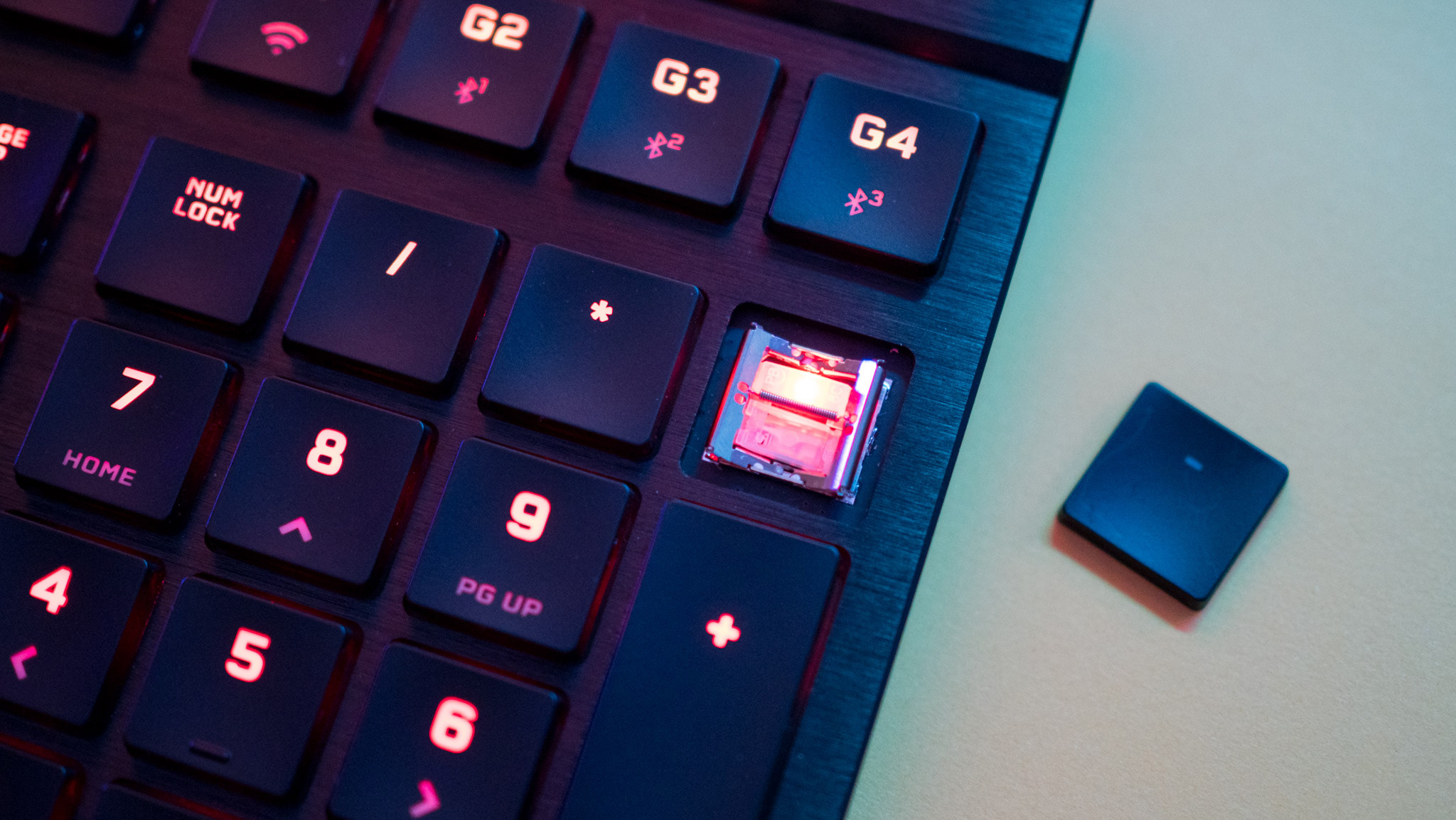
The marquee feature of the K100 Air is the switch. The keyboard is the first to feature Cherry's MX Ultra Low Profile (ULP) Tactile switch, and there is a lot to like here. The switch has a height of just 3.5mm, needs an actuation force of 65cN, and has a 0.8mm pre-travel and 1.8mm total travel. Cherry sells the switch in two variants, with Corsair opting for the quieter Tactile model.
Cherry's MX Ultra Low Profile Tactile switch delivers exquisite feedback — while taking up a fraction of the space as full-fledged switches.
The 1.8mm travel is less than half of what you get with other Cherry tactile switches like the MX Brown (4.0mm), but when you factor in the dimensions of the switch, it is a remarkable feat. On the whole, the switch delivers excellent feedback for its size; I wrote this entire review on the K100 Air and at no point did I want to switch back to the regular K100.
Like all Corsair gaming keyboards, the K100 Air has dynamic RGB lighting, and you get individually-lit keys here. The key legends are see-through and they do a great job diffusing the RGB light, and you can cycle through various scenes directly on the keyboard or use iCUE to customize the lighting to your needs.
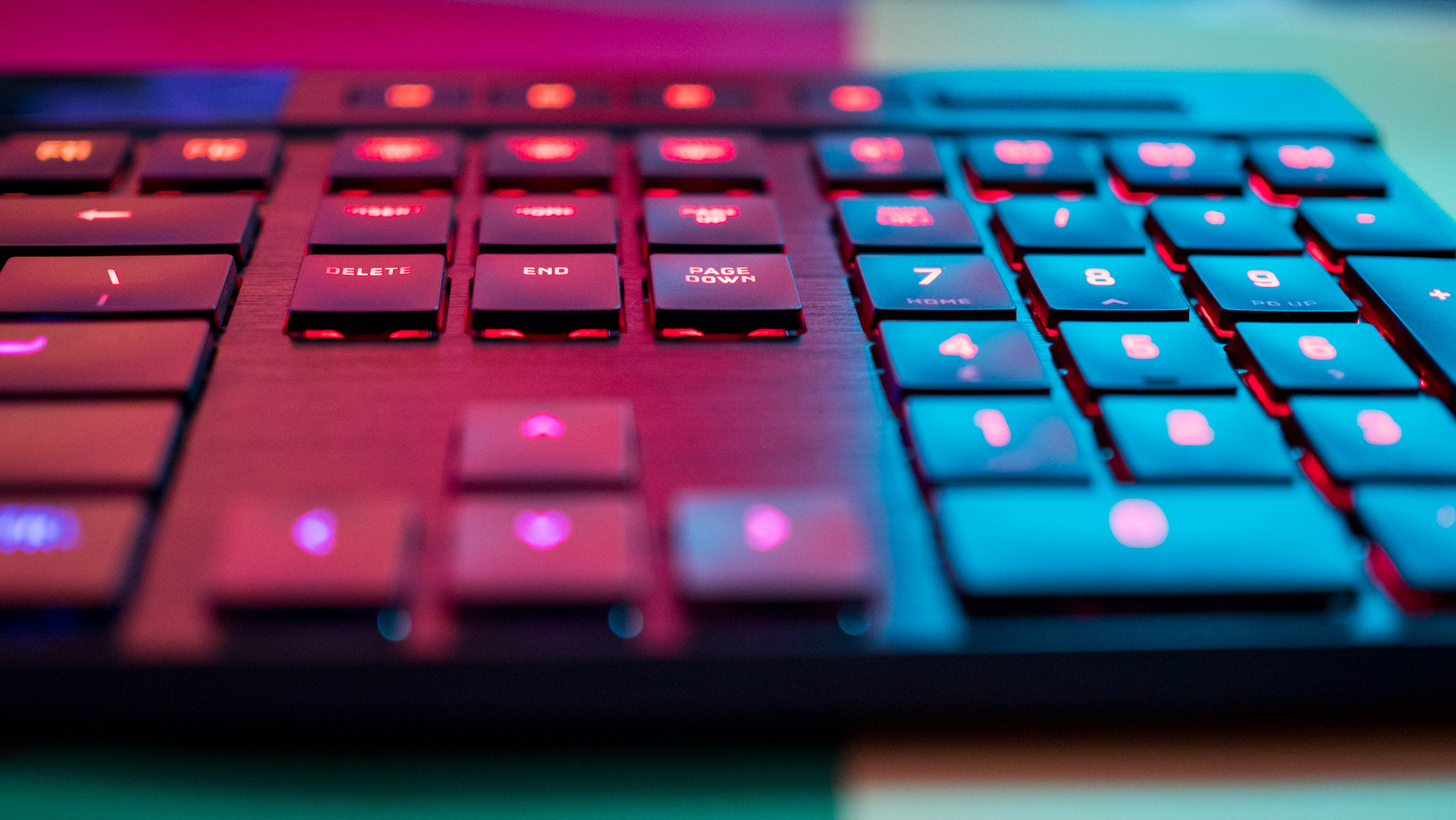
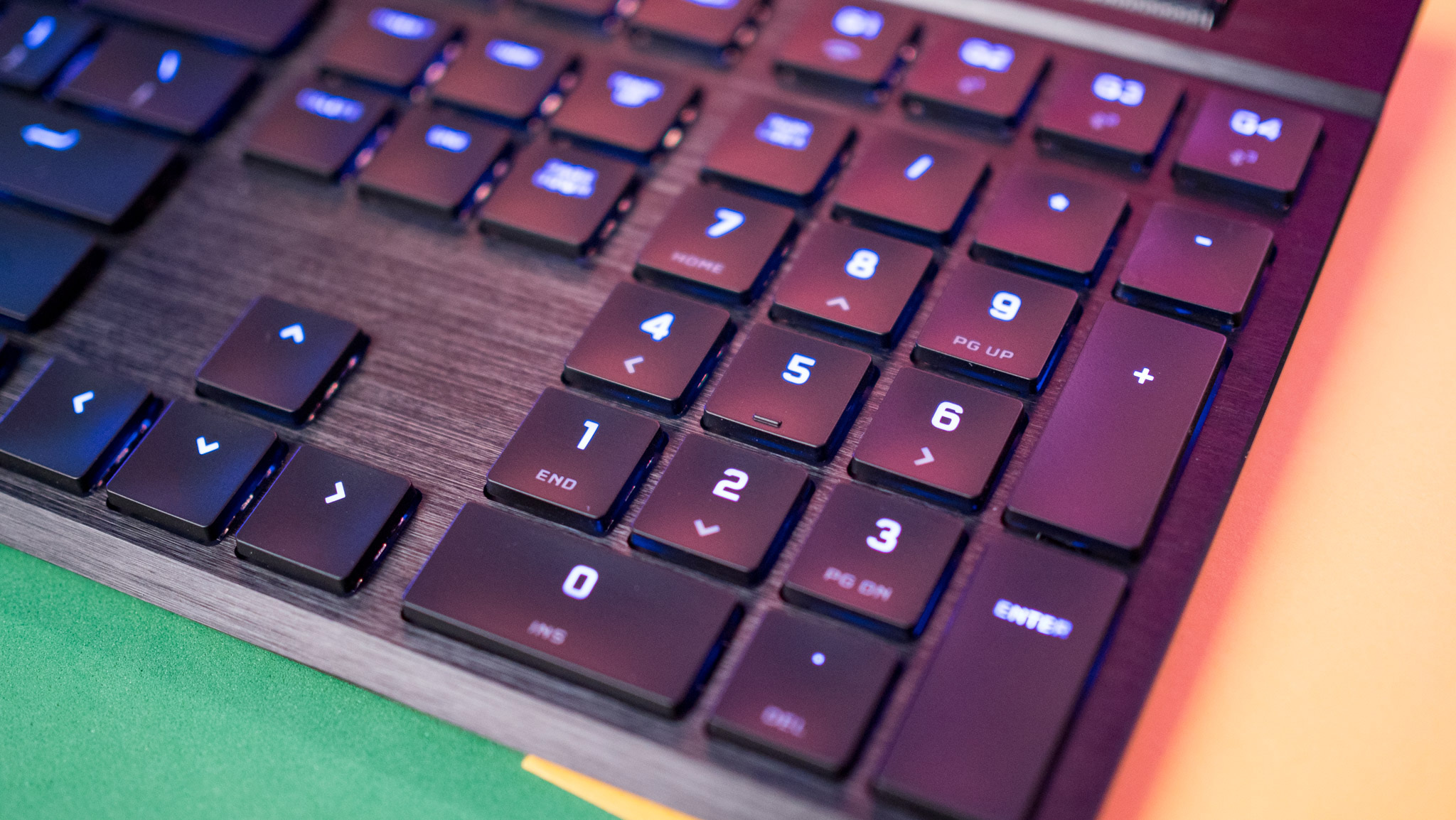

Corsair touts a 50-hour battery life for the K100 Air with RGB lighting enabled, going up to 200 hours with no backlight. I connected the keyboard wirelessly for a bulk of the testing window, and I only had to charge it once. There's a nifty way to see the remaining charge on the keyboard by hitting the Fn + Enter keys, and a full charge takes nearly five hours.
Like all Corsair keyboards, you get iCUE integration that lets you adjust lighting effects, set up profiles, configure macros, change key assignments, toggle PlayStation mode on or off, and so much more. Corsair has turned iCUE into a powerful platform over the last two years, and the best part is that you can set up lighting effects to sync with other Corsair products.
Corsair K100 Air Wireless: What needs work
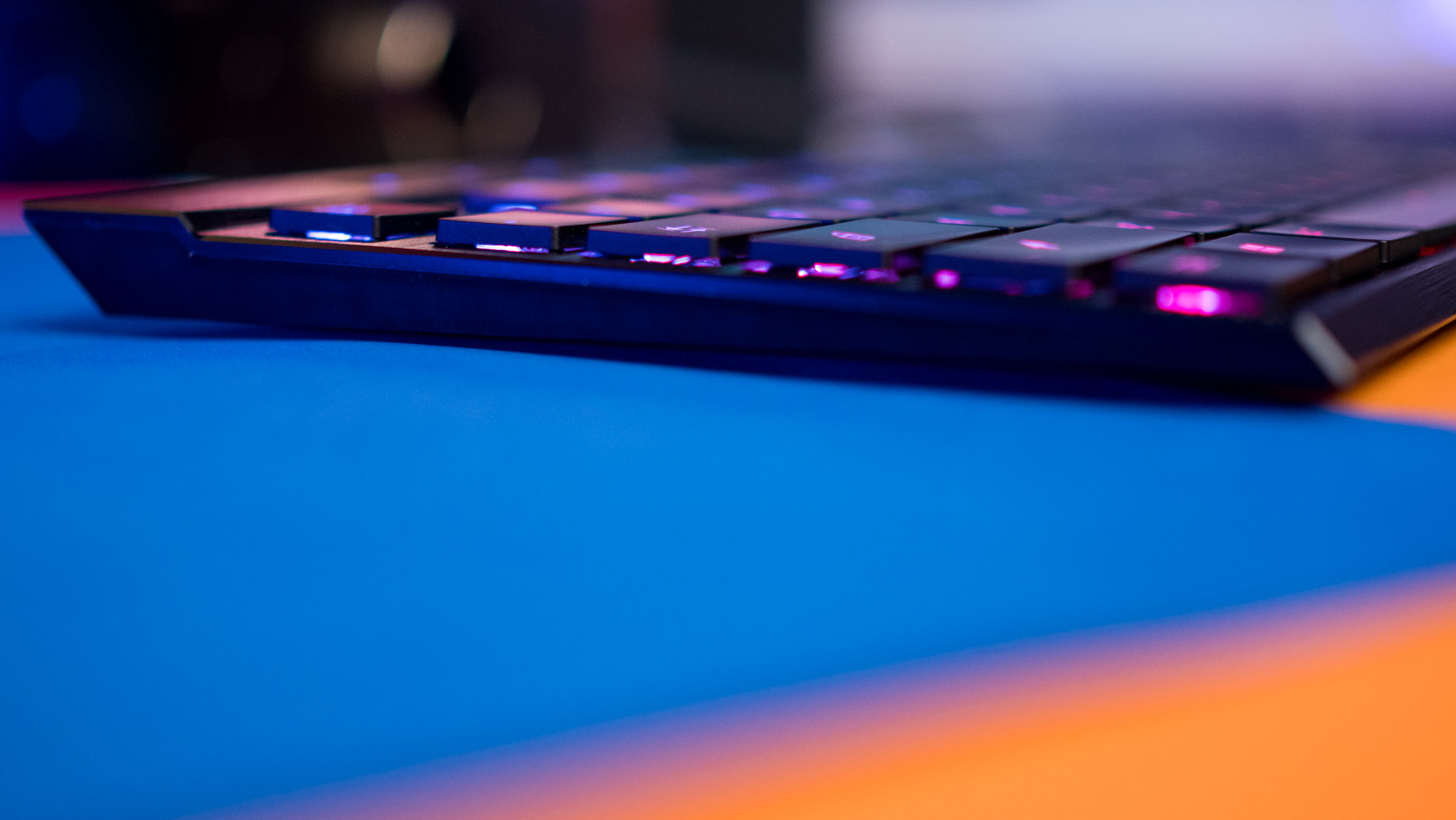
There isn't much missing on the K100 Air. Because of the nature of the Cherry MX keys, they're soldered to the board, and there's no way to switch to other keys. That isn't as big a limitation considering the K100 Air is aimed at portability, and the switch itself feels just as durable as its full-fledged Cherry MX siblings.
The other barrier to entry is the cost; retailing for $279, the K100 Air is the costliest keyboard Corsair has released to date. It's $30 more than the standard version of the K100, and it's clear that Cherry's ULP switch attracts a premium. This is often the case with new Cherry switches, so you will have to wait a while for the price to reduce or wait for the inevitable derivative made by Chinese brands.
Corsair K100 Air Wireless: The competition
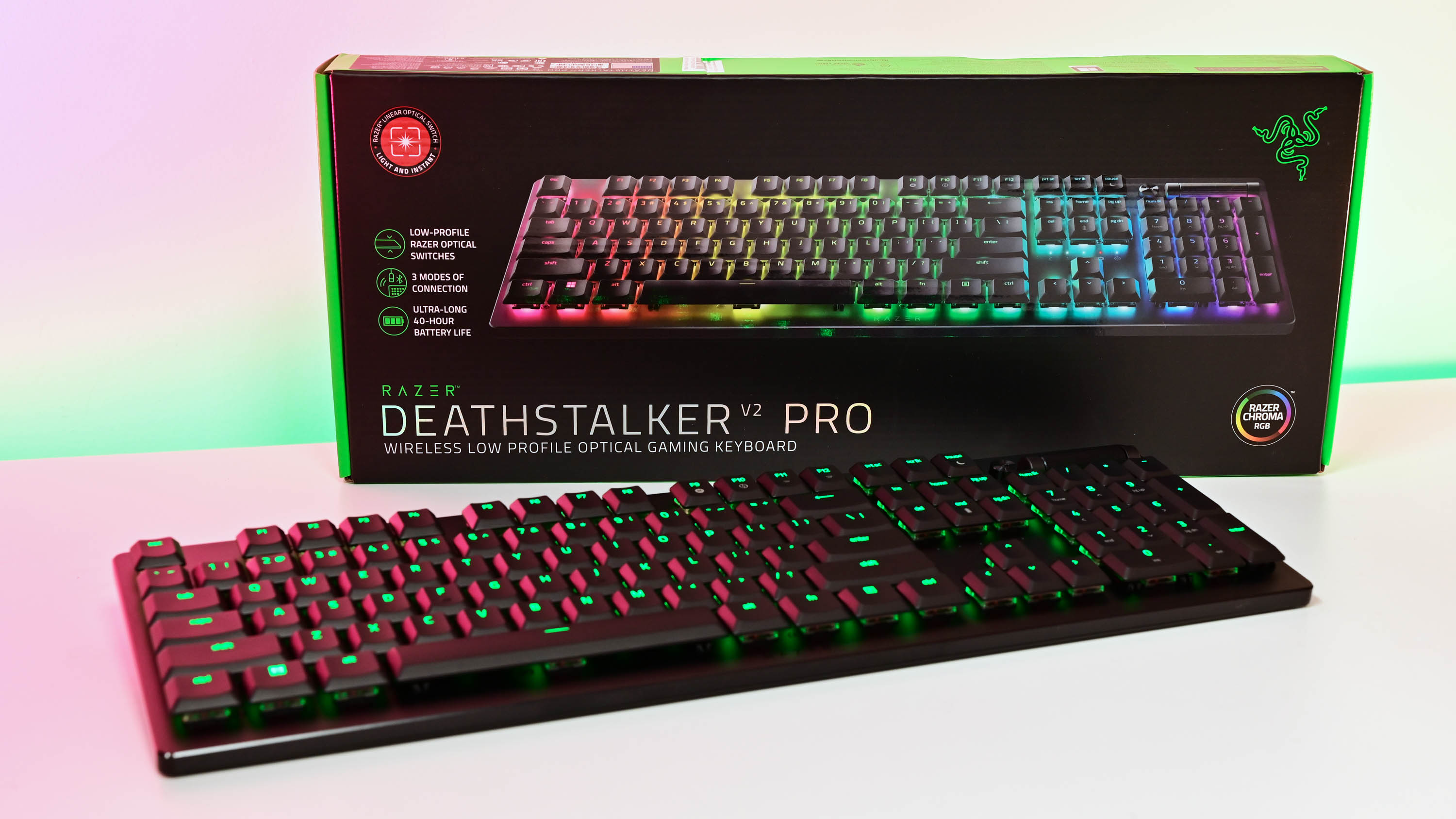
If you want a gaming keyboard with Cherry's MX Ultra Low Profile switch, the Corsair K100 Air is the only game in town. While the same switch is used in Corsair's Voyager a1600 and MSI Titan GT77 notebooks, the K100 Air is the first standalone keyboard to feature it. Corsair is usually the first brand to debut Cherry's latest switches, and if history is any indication, we should see other keyboards soon.
Cairn Mesa | Key is a crowdfunded keyboard that is using the same Cherry switch, and it costs the same as the K100 Air at €299. But you can't buy it now that the crowdfunding phase is finalized, and there's no telling when it will be available for general sale.
If you want a low-profile keyboard instead, Razer's DeathStalker V2 Pro is a stellar alternative that offers an optical switch in a sleek chassis. Like the K100 Air, it is also a full-size keyboard, and at $249, there are marginal savings to be had here.
Corsair K100 Air Wireless: Should you buy it?
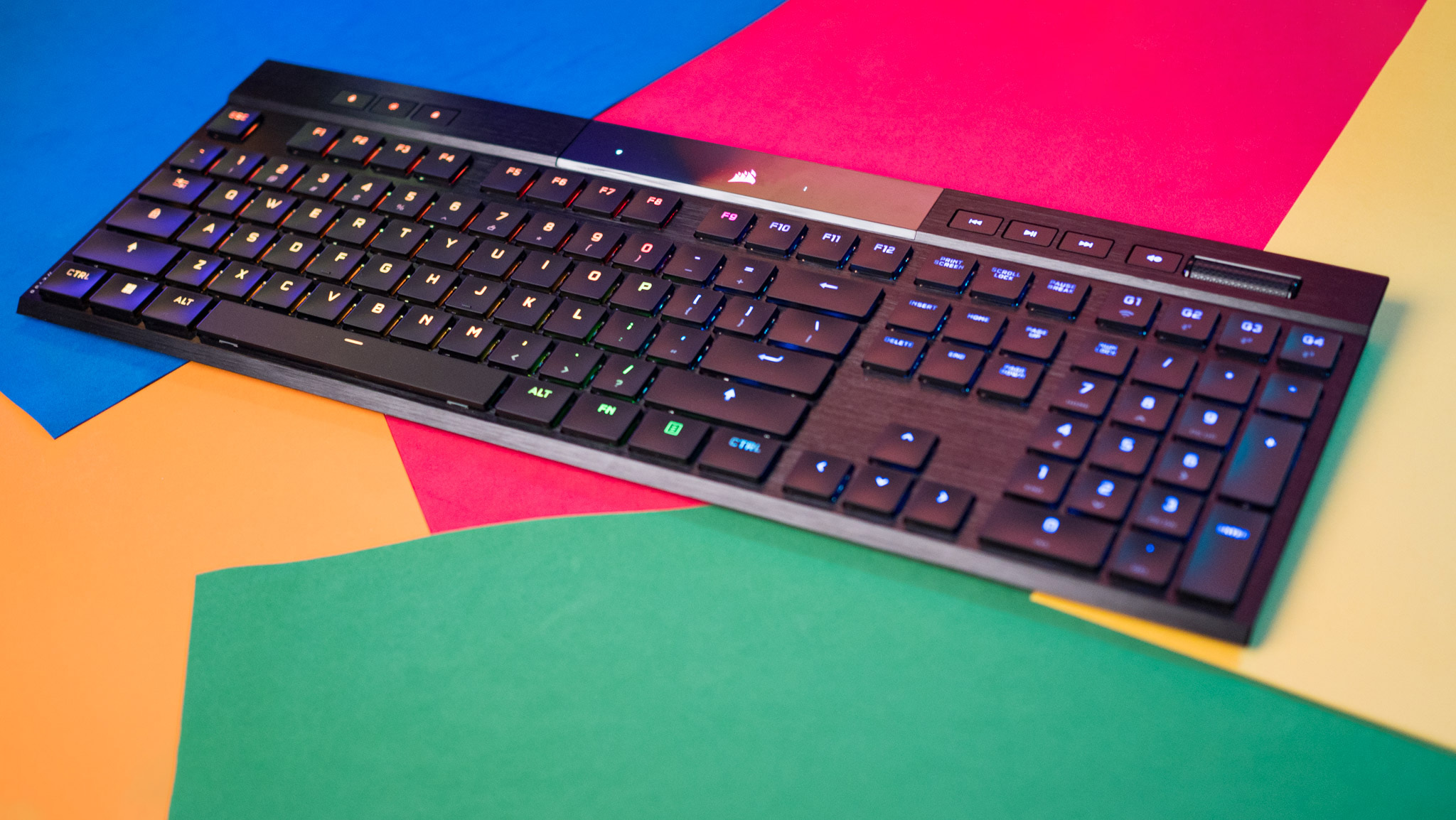
You should buy this if:
- You want an ultra-thin gaming keyboard with mechanical switches
- You need a full-size keyboard that's built for portability
- You need RGB lighting and all the extras that Corsair has to offer
- You want a mechanical gaming keyboard that connects wirelessly
You shouldn't buy this if:
- You need a gaming keyboard on a budget
- You want a keyboard with interchangeable switches
Corsair got a lot right with the K100 Air. The ultra-thin design makes the keyboard ideally suited for portability — I used it with the iPad as much as my work machine — and that makes it a great choice by itself. The Cherry MX ULP switch offers great tactile feedback for its size, and while it isn't as detailed as a full-fledged MX Brown switch, it is significantly better than every other keyboard in this category that has membrane keys.
The versatile connectivity means you can pair the K100 Air with your gaming rig, Xbox, PlayStation, phone, or tablet, and it works just as well in each mode. The build quality is fantastic, and the metal chassis is built to last. Having used the K95 and the K100 for several years, I can attest to the longevity of high-end Corsair keyboards. The RGB lighting is vibrant and inherently customizable, and you don't miss out on any extras here.
Ultimately, the deciding factor is the cost. The K100 Air retails for $279, and that's more than the full-fledged version of the K100 with the excellent OPX switch. Of course, the K100 Air has wireless connectivity and is much better for portability, but you have to decide if that's worth the added cost. The K100 Air has what it takes to be among the best gaming keyboards, and that includes a premium price tag.

Harish Jonnalagadda is a Senior Editor overseeing Asia for Android Central, Windows Central's sister site. When not reviewing phones, he's testing PC hardware, including video cards, motherboards, gaming accessories, and keyboards.
